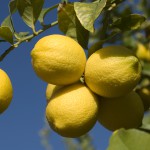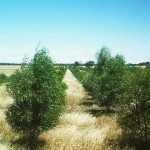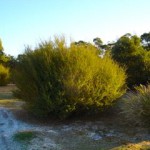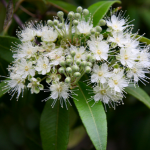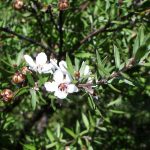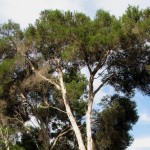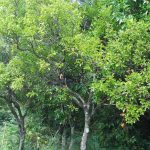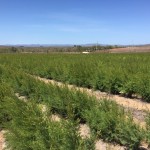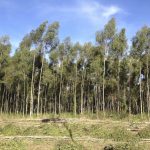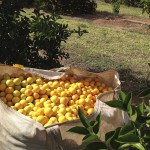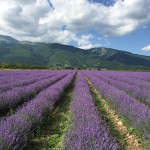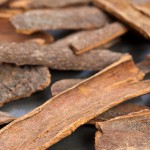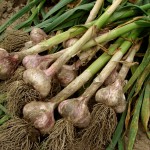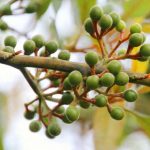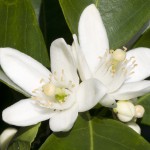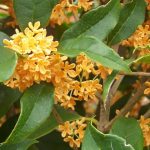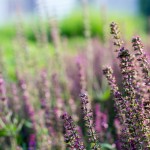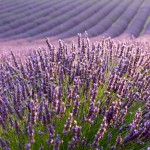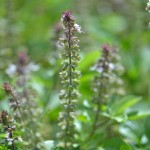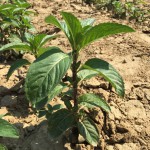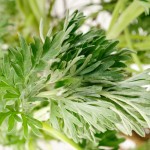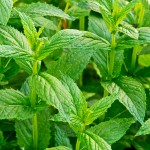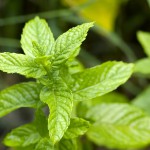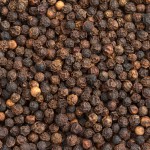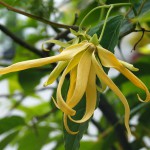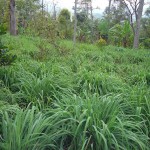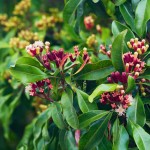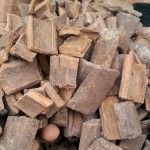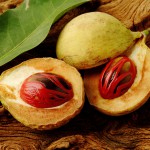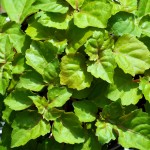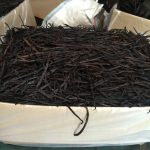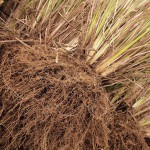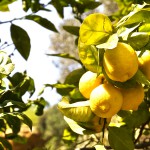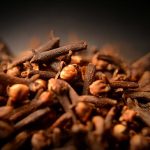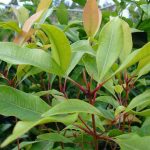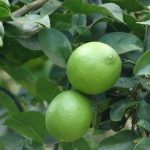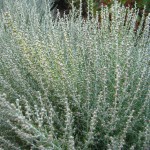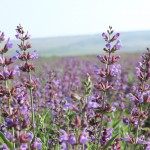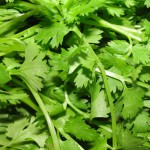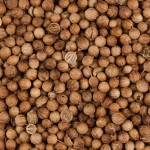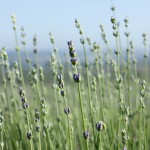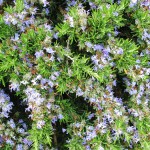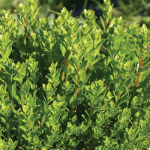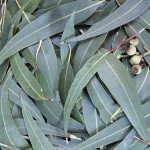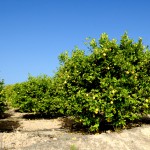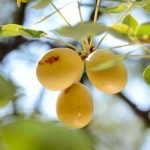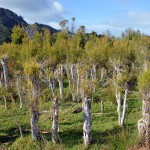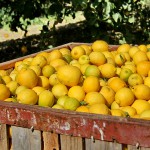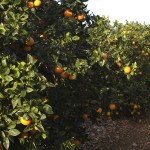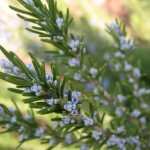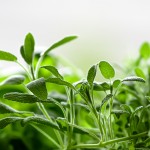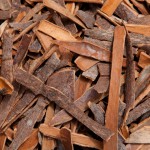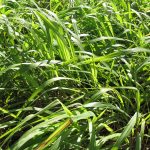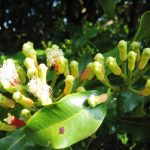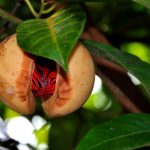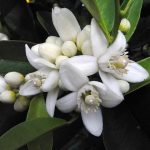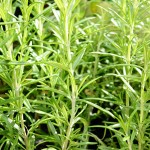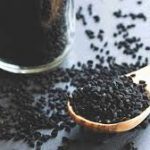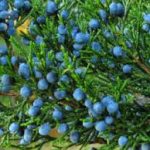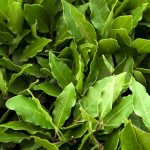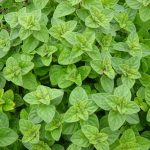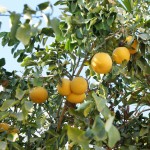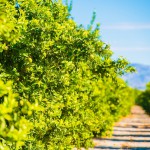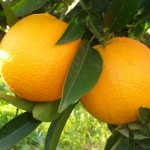Key Lime Oil
Citrus aurantifolia
Harvest: May - October
Mexico holds second position in lime production after India with annual production slightly more than 2.5 million MT. Exporting its fruit to twenty-eight countries across the world, the USA remains Mexico’s largest buyer of key limes. The district of Buenavista in Mexico leads in lime production with more than 21,000 hectares planted and a harvest of more than 420,000 MT. Citrus production is concentrated in the region of Tierra Caliente and the municipalities of Apatzingan, Aguililla, Tepalcatepec, Paracuaro, La Huacana, Mugica, and Gabriel Zamora. Reports indicate that there are about 6,731 lime orchards registered in the Mexican state of Michoacán. In addition, 5,915 hectares are dedicated to grapefruit plantation, 126 hectares for orange, and 353 hectares for lemon. Each hectare is estimated to produce 19 MT of fruit.
The 2018 crop season in Mexico saw a marginal fall in prices. Production, too, took a plunge due to a drop in demand leading to several producers reducing their inventories. Colima witnessed new grove plantings last year and expectations of a robust crop again rose with the young trees maturing and bearing fruit. Few growers are planting more trees per hectare in order to counter the effects of citrus greening in anticipation of a shortened life span for those trees.
Though some of the major distillers in Michoacán were not very active this past season, it is expected that they will join in the production if there is a surge in demand for the oil. Considering cold-pressed (expressed) lime oil from both Key limes as well as Persian limes, demand and supply were in harmony.
Currently, the Mexican distilled lime oil supply chain is having trouble finding its footing. Industrial fruit prices have skyrocketed to almost double the prices in Peru. The demand for dry peel as well as the essential oil plunged. It is only juice that remains unwavering in these volatile situations. Information from the Michoacán region points towards a sharp drop in volumes. Smaller processors are facing difficulty in procuring fruit for processing even as the larger players consume the limited stock. The veiled implications and dilemma that arise with these developments are worrying. Will these contributing revenue streams of juice, dry peel, and essential oil complement each other and become more sustainable? Is there a pattern of subtle and gradual decline in the light of this fluctuating supply and demand change? Being under the impression that demand has slackened, will growers opt out of planting limes? Whether this is a temporary state of affairs brought about by a correction in supply chain inventories or not, the market is shrouded in uncertainty. Naturally, all stakeholders in the supply chain are concerned. Forecast yields for this season are lower than 2018, the reason being the fact that the trees are past their prime. In addition, thrips that damage and scar fruit continue to pose a threat to healthy crops; though it does not seem that there is any reduction in crop size so far.
The market is gearing up for a normal crop season in 2019 with approximately 350,000 MT of fruit for processing. The fresh fruit market still commands the lion’s share of fruit, almost 90%, and continues to exert pressure on the industry. This year Michoacán lime production has shot up by an impressive margin of more than 60%; from 711,000 MT to more than 1,300,000 MT obtained from about 64,000 hectares devoted to this crop.
The demand for distilled lime oil has seen a slowdown for the last two years as a result of stock re-adjustment in the market. This year however, the signs are quite positive and seem to be gaining some strength in the first quarter. The price for the oil is more stable than the fluctuations seen last year. Though the supply and demand scenario in the second half of 2019 will influence the price trend, the demand for CP lime oil is looking to be stable. Consequently, prices too are expected to be firm throughout the year. Distilled lime oil with the beautiful green colour is best produced during the early and high season. It is advised that those with a large requirement book their orders since it might be difficult to find this oil later.
Market price USD 35.00 /kilo
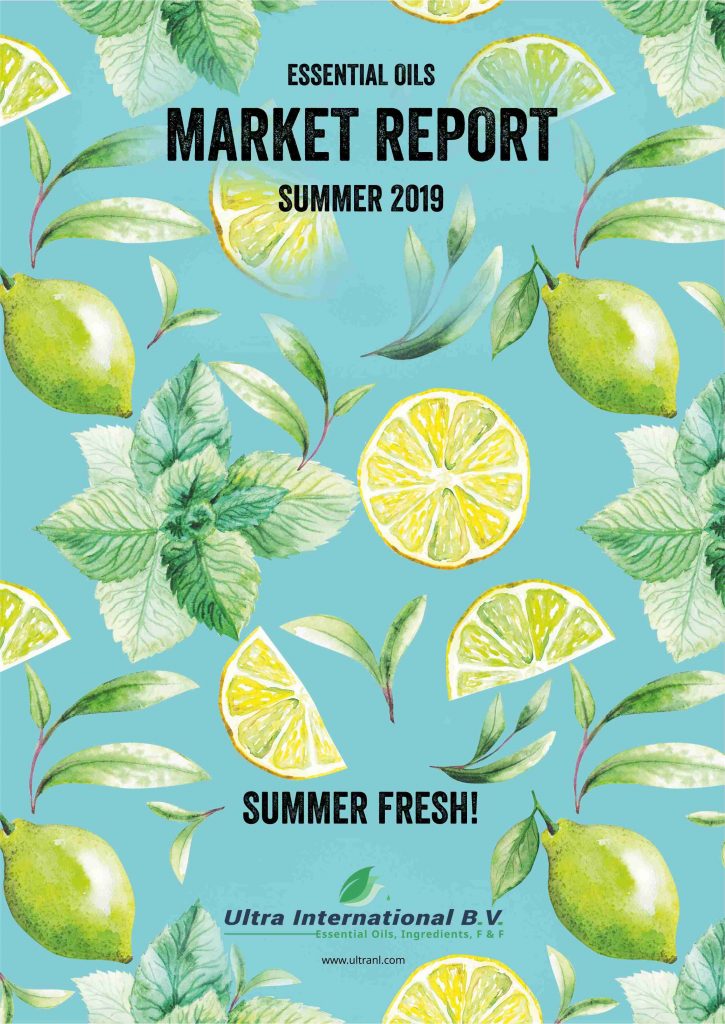
 Ultra International B.V.
Ultra International B.V.
